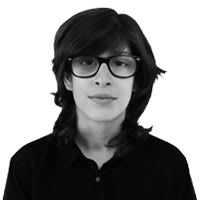Photographer Jonathan Higbee Turns New York’s Happy Accidents Into Art
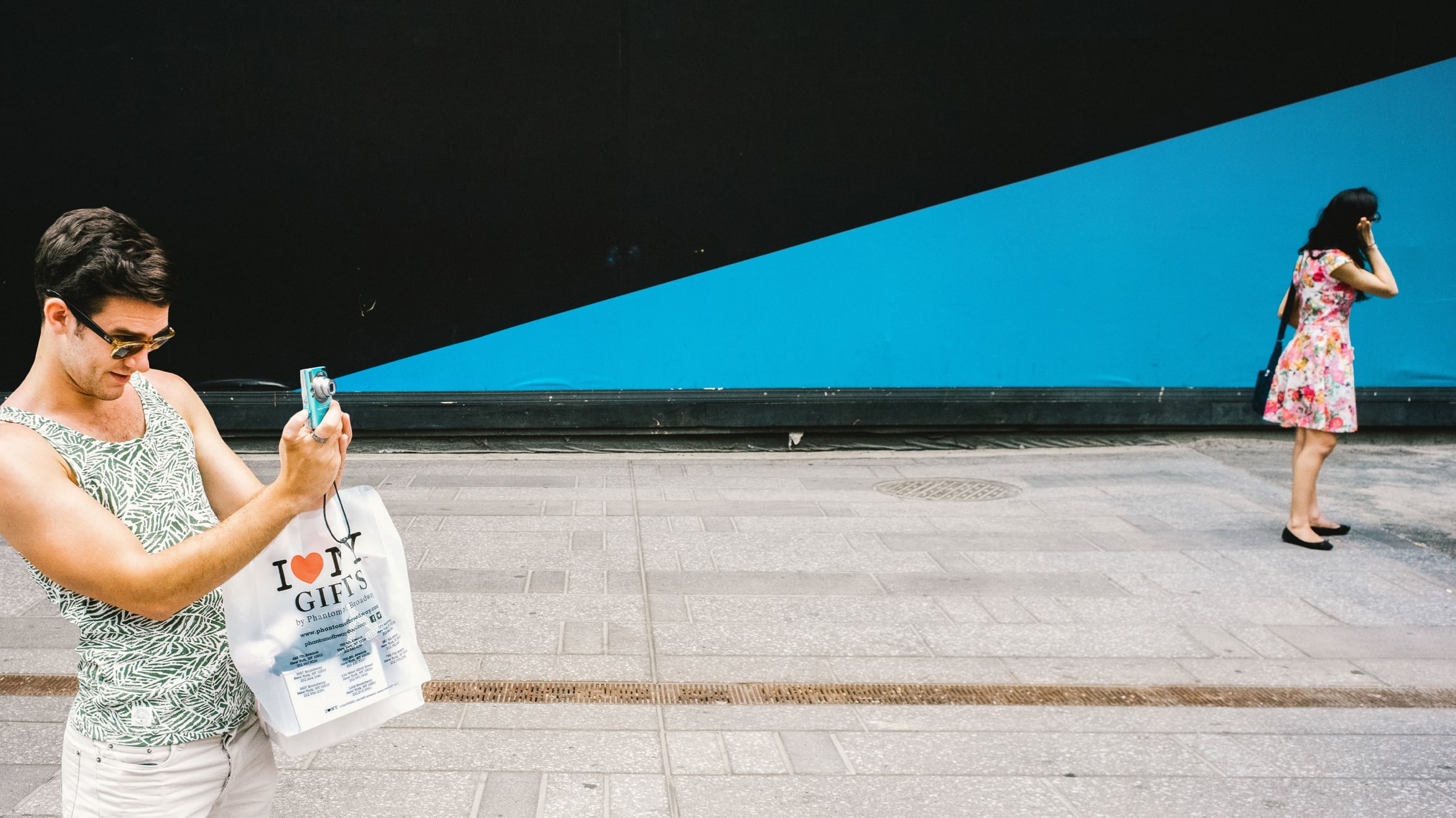
Jonathan Higbee from the book Coincidences published by Anthology Editions
Higbee's book "Coincidences" showcases over a decade’s worth of photographs that reveal and revel in the happy accidents rooted in the chaotic wonder of New York City.
New York is best known as a vibrant insomniac that millions of New Yorkers call home. For over a decade, Jonathan Higbee has observed this eccentric metropolis for countless hours and days to capture intricate moments most of us often ignore. From crowded intersections to a father and son hiding their faces with cotton candy, Higbee finds joy in using his camera as a creative conduit to patiently wait for perfect scenarios to photograph distinctive juxtapositions.
Representing more than a decade's work, Coincidences showcases a series of happy accidents rooted in the chaotic wonder of New York City. The book includes never-before-published photographs and transforms mundane moments into an extraordinary pulse of daily life. Through the power of patience and dedication to his craft, Higbee has mastered the ability to snap astonishing moments of wit, joy, and surrealism of contemporary life.
Jonathan Higbee sat down with me to discuss his body of work and how his new book Coincidences came to life.
Did you always want to be a photographer? Was there ever a specific moment in your life that ignited your passion for street photography?
Photography is, surprisingly, a relatively new passion and career journey. For as long as I can remember, while growing up in a collapsing Missouri town, I possessed an inexhaustible imagination. Shy, introverted, and coy are all adjectives that regularly followed me, but I really found my voice in expressing myself creatively. It was completely unfocused for a while, but my first conduit to the world was creative writing. Even though I was super young I began writing a novel (that is so adorable every time I re-read the few pages that have survived). Actually made a "book" along with a close friend from my Catholic elementary school. (It's about a sassy hippo who finds herself in Egypt of all places and is equally adorable.) So, my earliest and first dream genuinely was to make a book! Photography found its place on my radar when I got a Polaroid 600 for my eighth birthday. It went everywhere with me and I couldn't stop making pictures. I loved it. But I was a capricious child. Then, acting became my dream (and it seemed for a moment like it actually was going to happen), followed by a certainty that I was going to make a career as the angsty vocalist and guitarist for a band that would travel the world just like the hippo from several years earlier. By the time adolescence found its balance, after my hormones calmed down, and after my long battle with being gay in a town and a time when it was probably the worst thing anyone could be were nothing more than battle scars, I got my shit together and pursued an education and career in media studies and writing. I imagined a life after college that was somewhat like a B-status David Sedaris, with books and editorials and tours and signings. During college, however, I was fortunate enough to land a job in the editorial department at a national print magazine. I jumped at the opportunity and didn't look back.
I joined the magazine during a time of flux, when "new media" threatened the very existence of print. Niche publications like ours were the hardest hit, so, with a shoestring budget, I became the magazine's travel writer. Then it was travel writer and photographer. My first assignment as both a writer and photographer was covering the gay side of New Zealand. I brushed up on my technical skills to be able to handle a print-worthy camera while on location and set off. It was a rocky start the first few days but halfway into the trip I found a comfort with the camera and didn't have to concentrate so seriously to make a single picture. I could enjoy myself, the gorgeous country, and my great fortune. I fell in love with photography in New Zealand and very quickly left my (over) ambitious dreams of becoming the next David Sedaris and the written word behind. I was hooked.
The magazine relocated me to New York to help shore up our presence on the East Coast. I had visited years before but only briefly and as a tourist who was staying outside the city. This was different. And the first morning that I stepped foot outside my new apartment onto the streets of Manhattan, I couldn't do anything but photograph the city.
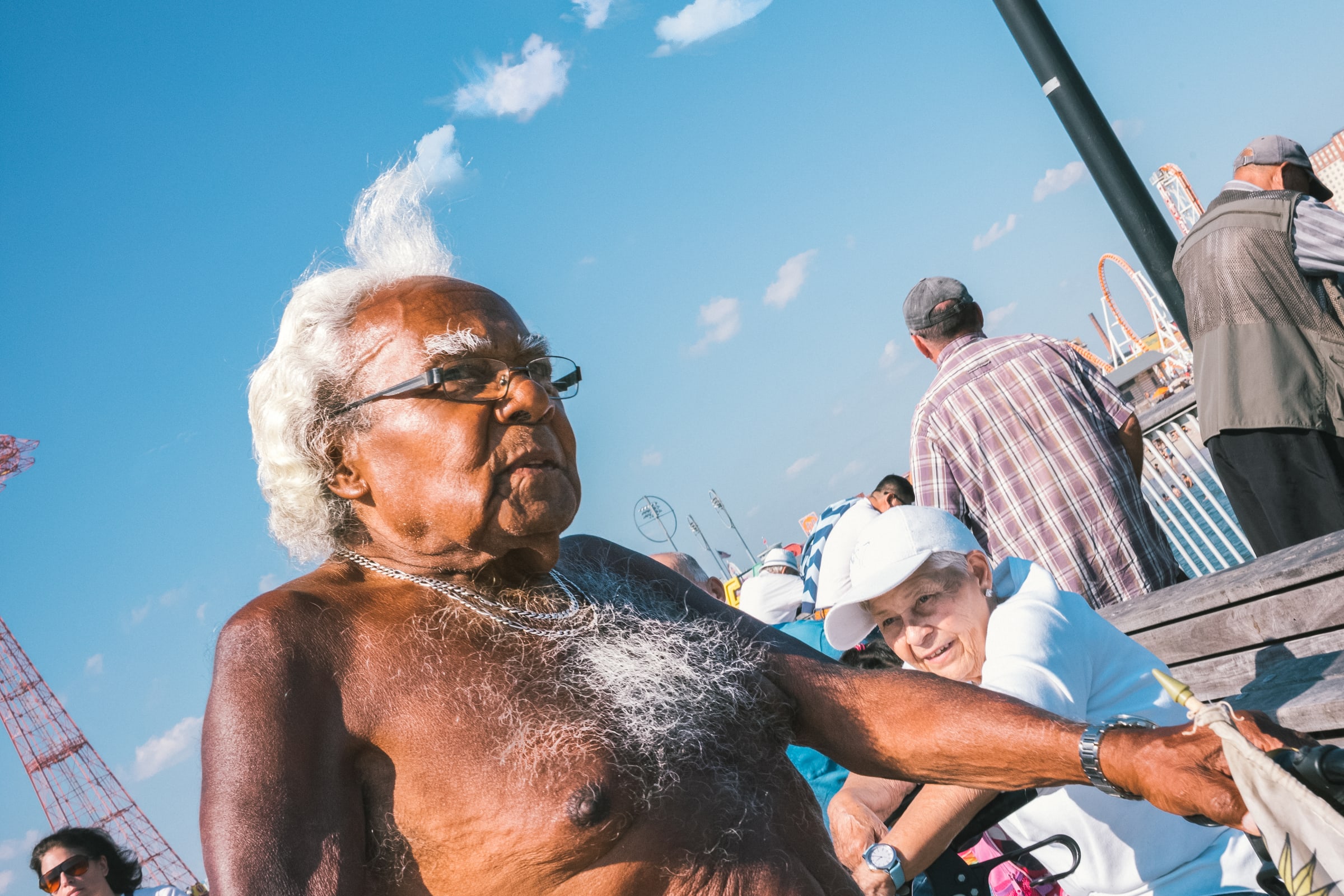
Jonathan Higbee from the book Coincidences published by Anthology Editions
Who are some of your influences and why?
I'm a pop-culture sponge, and pull inspiration from a variety of sources. The expected photography greats are there: Henri Cartier-Bresson, whom I admire for his dedication to composition and very strict attitude toward eliminating unnecessary visual information; Alex Webb, who used layering to achieve a narrative like no one before him; Saul Leiter, who pioneered the tool of color in the photographic medium; Stephen Shore, who successfully made urban still life a gorgeous thing and one of my favorite genres to create; Ray K. Metzker, who took Cartier-Bresson's fascination with geometry to its logical next step and created some of the most stunning abstract masterpieces of any artistic genre.
Then there are the contemporary photographers who are sure to be legends in the zeitgeist that keep me working harder every day, like Matt Stuart, who made me realize the poignancy of well-placed humor in visual art (and who contributes a quote to Coincidences!); Daniel Arnold, who's reintroduced the world to the melancholic beauty of life in modern New York; Filip Berendt who reminds me that there's no reward without taking great risk; and Peter Funch, who gives a finger to photographic norms and expectations while making poignant masterpieces in the process.
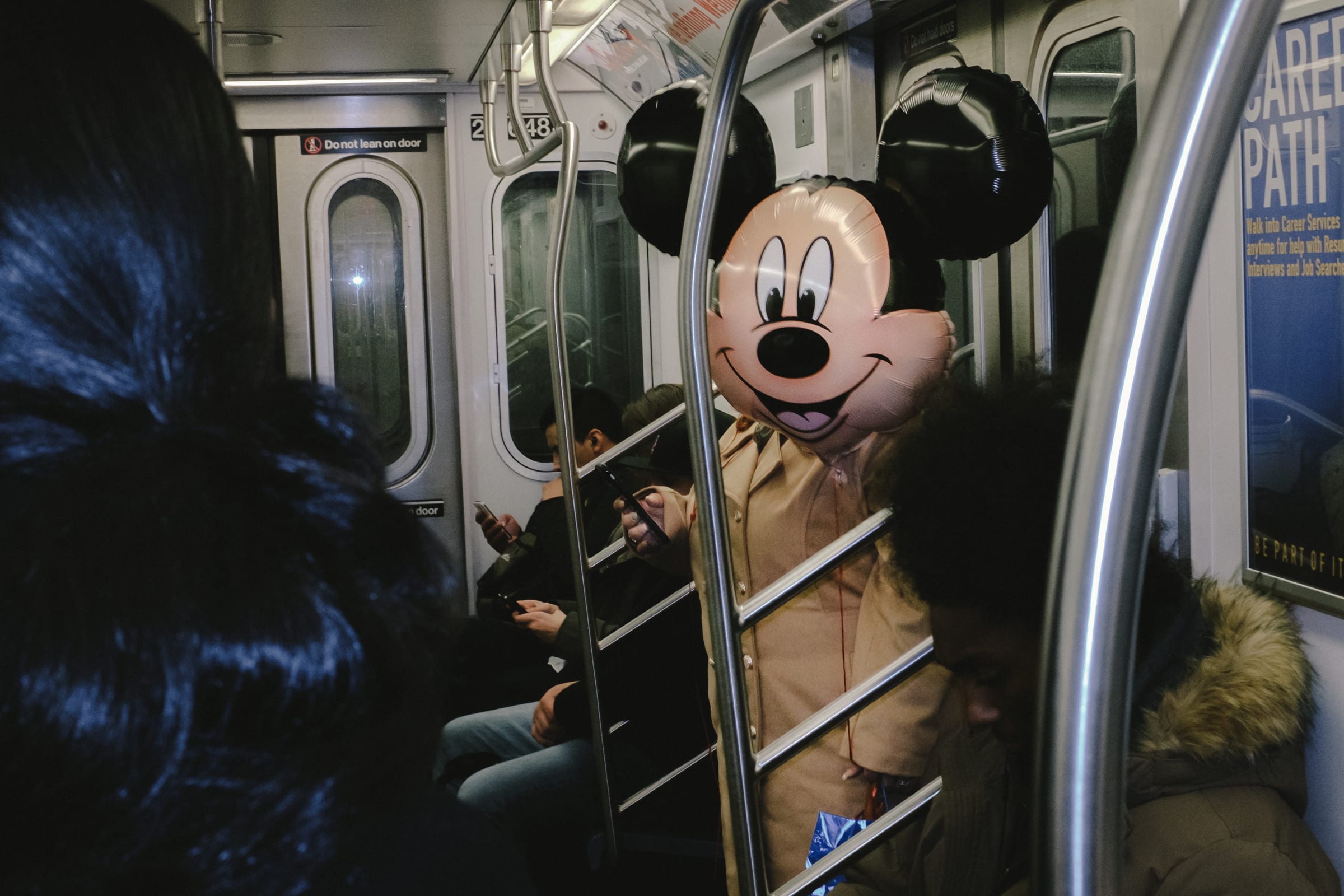
Jonathan Higbee from the book Coincidences published by Anthology Editions
What kind of camera gear do you gravitate towards?
I need gear that allows me the opportunity to be as present in the moment and world as possible, so I gravitate towards cameras that are unobtrusive and pared down to the essentials. So, it may be cliché or whatever but I simply find it difficult to shoot the kind of photographs I do without the help of a Leica camera. I'm a devoted member of the Q cult (now onto a Q2), but split my time with the Leica M10-P, which produces incredible image quality with a body that's nothing but the essentials. These tools lack pages and pages of menus and settings and features and let me experience the moment at hand and be confident that I'll be able to take a photograph while it all unfolds before my eyes.
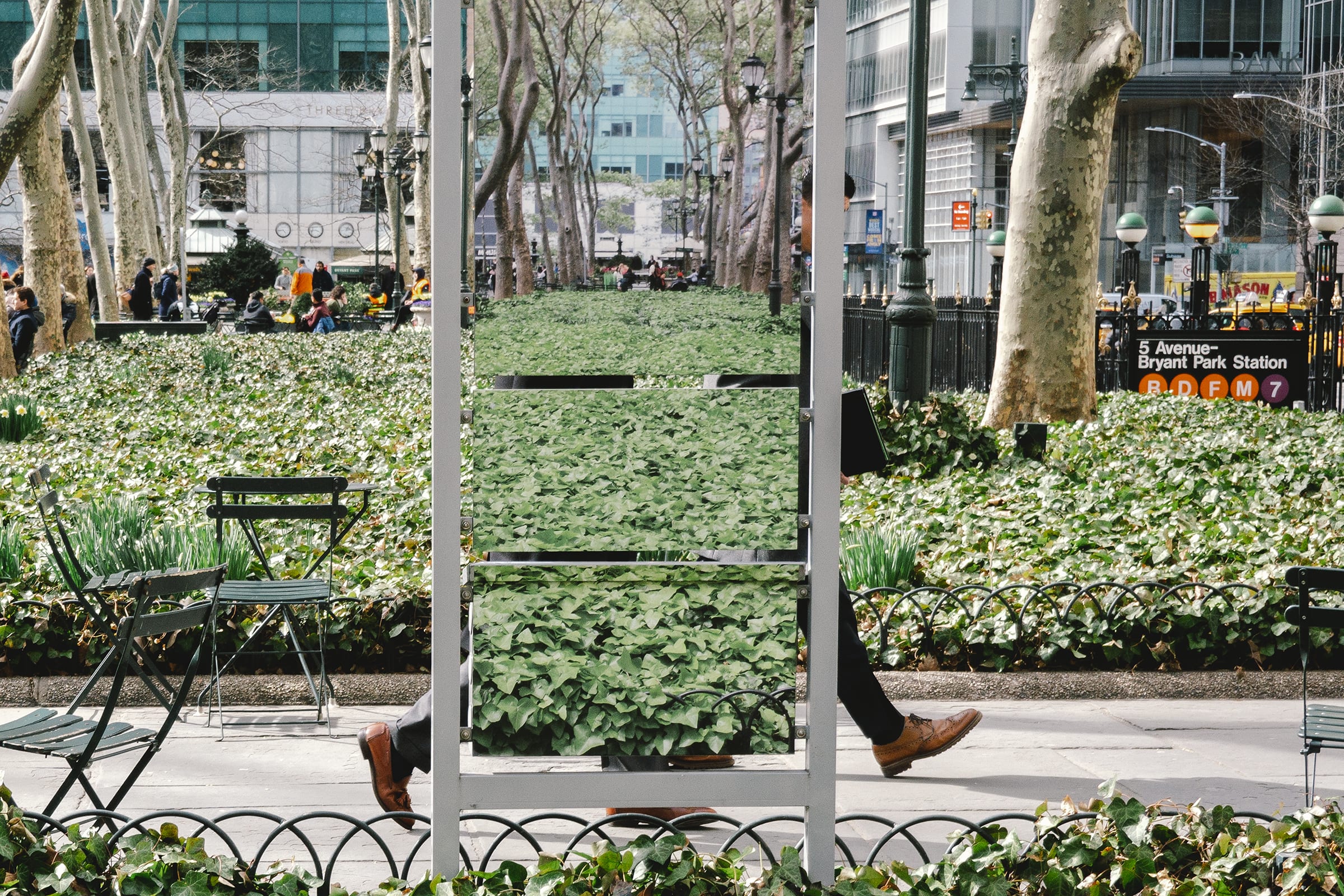
Jonathan Higbee from the book Coincidences published by Anthology Editions
The other genres I enjoy making aside from street call for other tools, however, and I really dig the Hasselblad X1D II and Hasselblad X-Pan for my more adventurous stuff, and stick with Fujifilm for my explorations with multi-media work and video.
Don't believe what you've heard. The gear absolutely matters. It's important to work with a tool that's made for the specific task at hand, a tool that's easy to master but powerful enough to provide results, and a tool that, at the end of the day, excites you and makes you want to get your bag ready and stuff together, get on the train and go shoot. The form that comes in is going to differ for every person, but the gear matters.
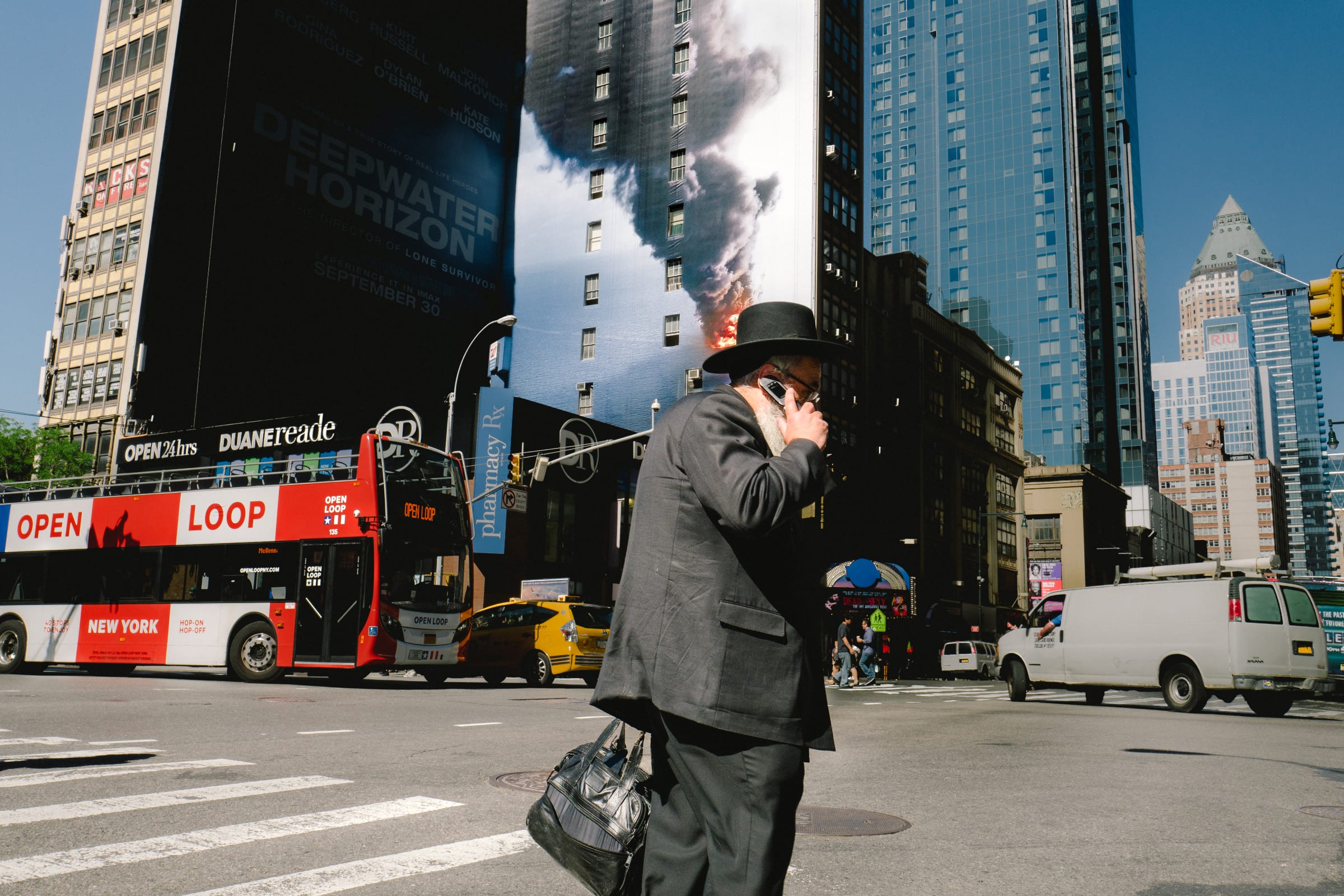
Jonathan Higbee from the book Coincidences published by Anthology Editions
What inspired your Coincidences project?
Well, the high cost of therapy in New York played a large role! I was overwhelmed by the constant buzz and sensory overload of the city, the constant beat of shoulders hitting mine while walking the streets, the inability to escape the cornucopia of scents and odors that are carried with every gust of wind. It all exacerbated my anxiety, which was weird because I knew I loved the city—making me even more anxious about it. So instead of affording a psychiatrist, I used my camera as a kind of way to get to the know the city on my terms, at my pace. Whenever I needed a break, I'd pull out my camera and search for some sense among the chaos and disorder, to look for a story that could help explain all the disorder to me. It was in these moments of searching for meaning in the meaningless that photographs for Coincidences began to emerge.
The photographs showcased in Coincidences are all shot in NYC, was that intentional?
From the very beginning, I wanted this book to be my love letter to New York. Though I had a rough start while getting used to that electric feeling one gets whenever they're "out" in the city, like they're tapping into a bottomless well of energy and possibility, I soon became addicted to it. The work became a celebration of the stories that only a city that never sleeps can tell, and it's only fitting that Coincidences the book (at least the first one!) pays tribute to my chosen hometown. Of course whenever I travel I photograph, and of course a lot of the work that comes from these trips join this series, so who knows what's in store for the future. But right now it's all about New York, and its uncanny ability to be a place where everyone in the world can relate at some point or other.
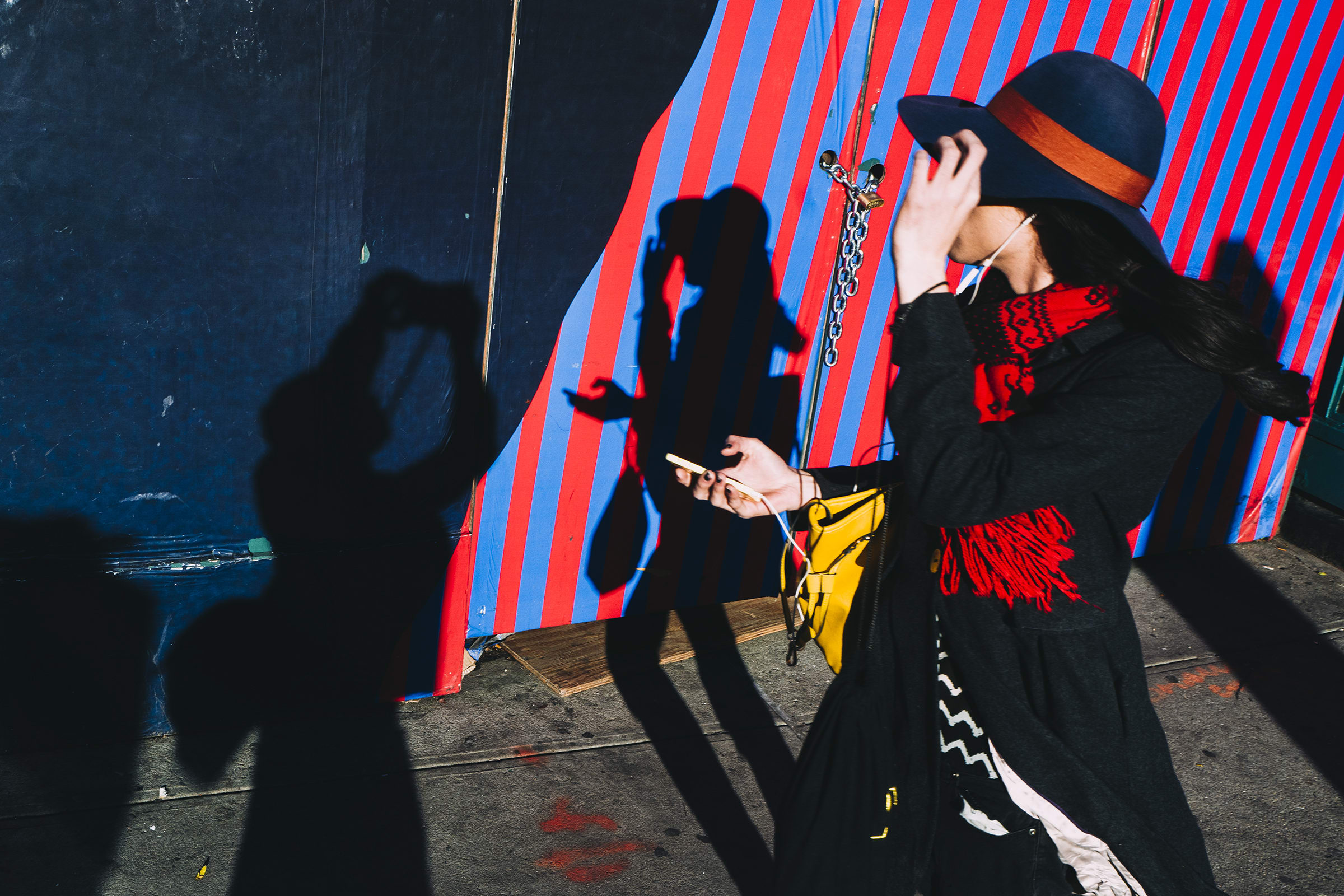
Jonathan Higbee from the book Coincidences published by Anthology Editions
What does a quintessential day of shooting entail?
Ah, shooting days are all over the place and can take many forms these days. The double-edged sword of finding good fortune in this career is that the actual act of doing what I love becomes harder to make time for. (My husband and I also have a 14-month-old daughter, who has become my de-facto manager, basically deciding my daily schedule for me!) But, I always have a camera with me (the best advice I've ever been given and my favorite to pay forward to other photographers as well), so a day of shooting could involve enjoying a street festival with my family and running, unannounced, across the street to photograph something that sparked curiosity in my peripheral vision. My husband has become tolerant of this after a decade together, but I actually feel guilty about these moments when we have our daughter in tow. Old habits die hard, and being magnetically drawn to photograph potential New York moments is in my blood now, so it's been difficult to stop my body from lunging, in a dream-like daze, across the pavement from time to time. Lately, since life is so hectic, these are the most common types of shooting days for me, though, and I've managed to make work that I'm very proud of despite the constraints. Hopefully, the work is good enough to eventually help fund my daughter's therapy bills in the future!
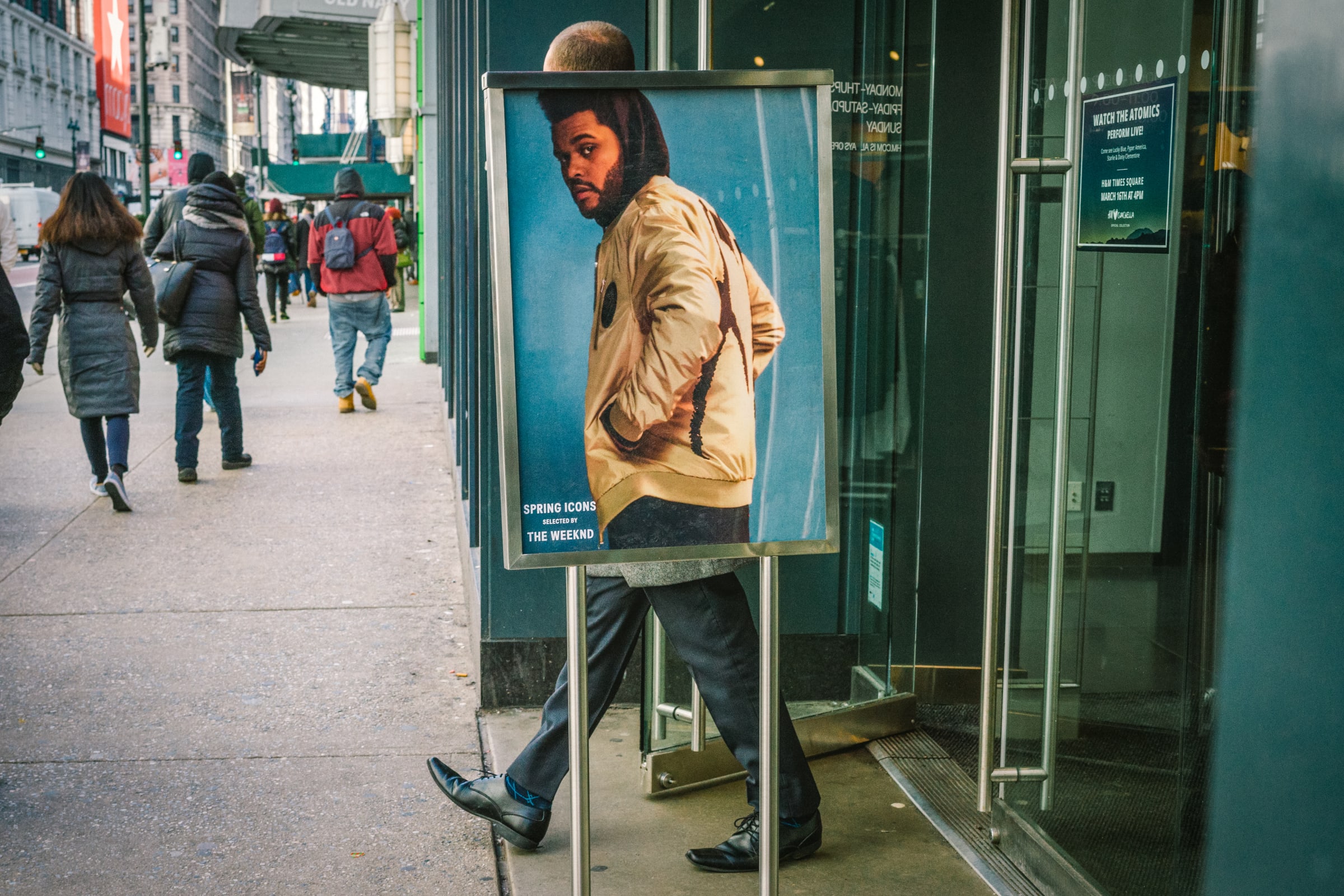
Jonathan Higbee from the book Coincidences published by Anthology Editions
What are some challenges that you came across and how did you overcome these challenges?
Well the amount of time—of waiting, really—it took until all of these disparate elements came together in harmony for a fleeting moment and for me to be nimble enough to capture it satisfactorily has always been a challenge while making Coincidences. If I'm lucky, I add two photographs to the series a month. Sometimes I have nothing to show for a long period. It really does feel like a collaboration with New York. Sure, it's up to me to be observant and develop a sixth sense for anticipating these uncanny moments as well as being able to capture them without screwing up the technical process. But it also is up to the city: the general vibe of the day that hangs over the streets like thick fog, the migration patterns of New Yorkers (like in August when it turns to a ghost town as nearly the whole population escapes for holiday), and even the butterfly-effect that is so much more salient and immediate in a town so densely connected… all of these things which I can't control present challenges. I've learned to appreciate them though, and enjoy them for the creative challenge they are. Often when I'm in creative block hell, it can be the adventure of discovering a unique narrative on a shitty New York day that recharges my batteries.
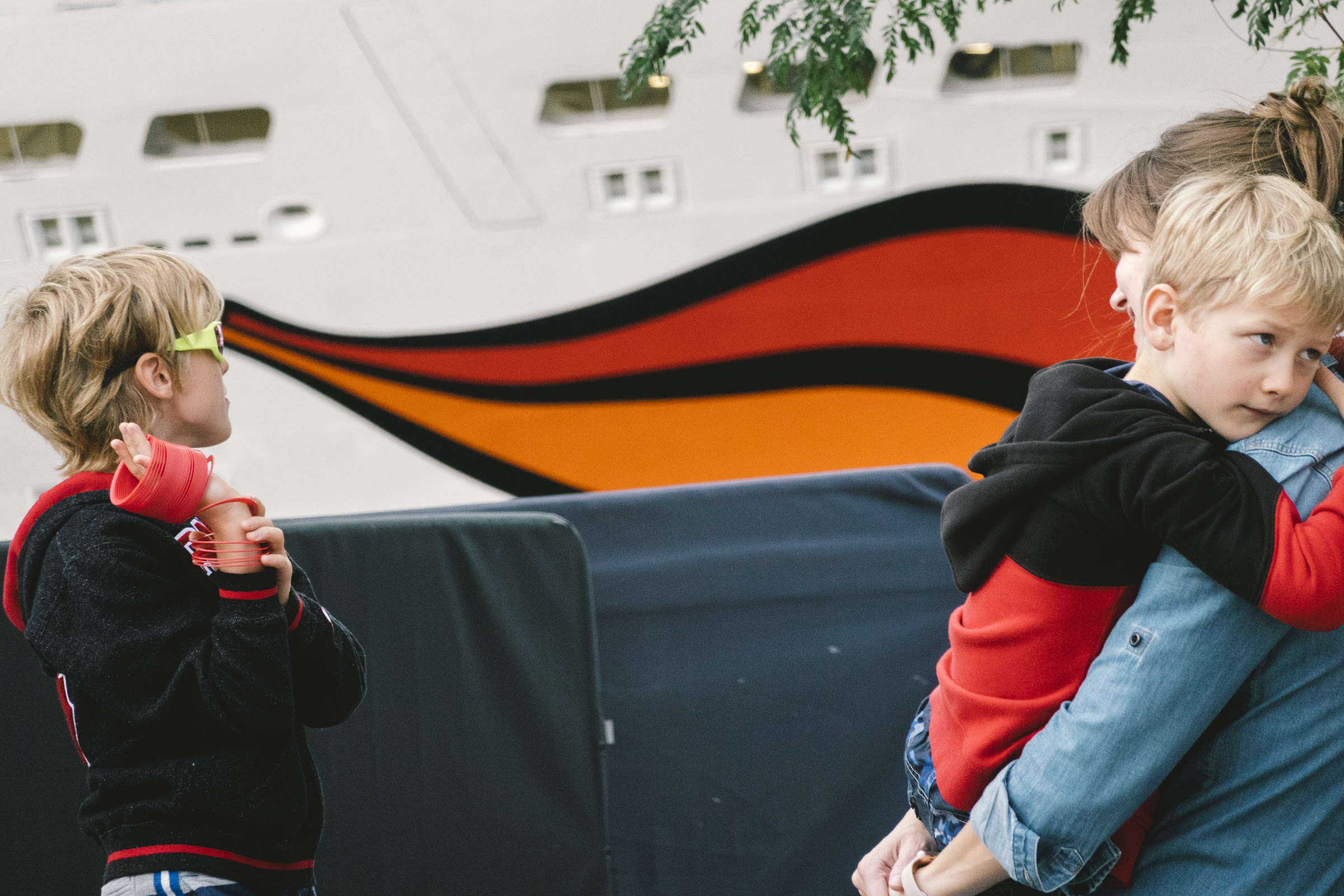
Jonathan Higbee from the book Coincidences published by Anthology Editions
In the day and age of Instagram, one could argue street photography has become so saturated in our culture—how do you find a way to distinguish your work?
Instagram has changed street photography forever. The service has democratized photography allowing literally everyone to be a photographer, for better or worse. I worry about the deluge of uninspired visual clutter that soaks every aspect of our culture now, and how it may turn off potential fans from my favorite artistic medium due to understandable exhaustion. As with any huge cultural disruption and hardship, there are opportunities for success, though. My friend Julie Hrudova comes to mind with her project, a sharp-witted take on the changing photographic landscape. Even I haven't escaped her observations of cliché in modern street photography!
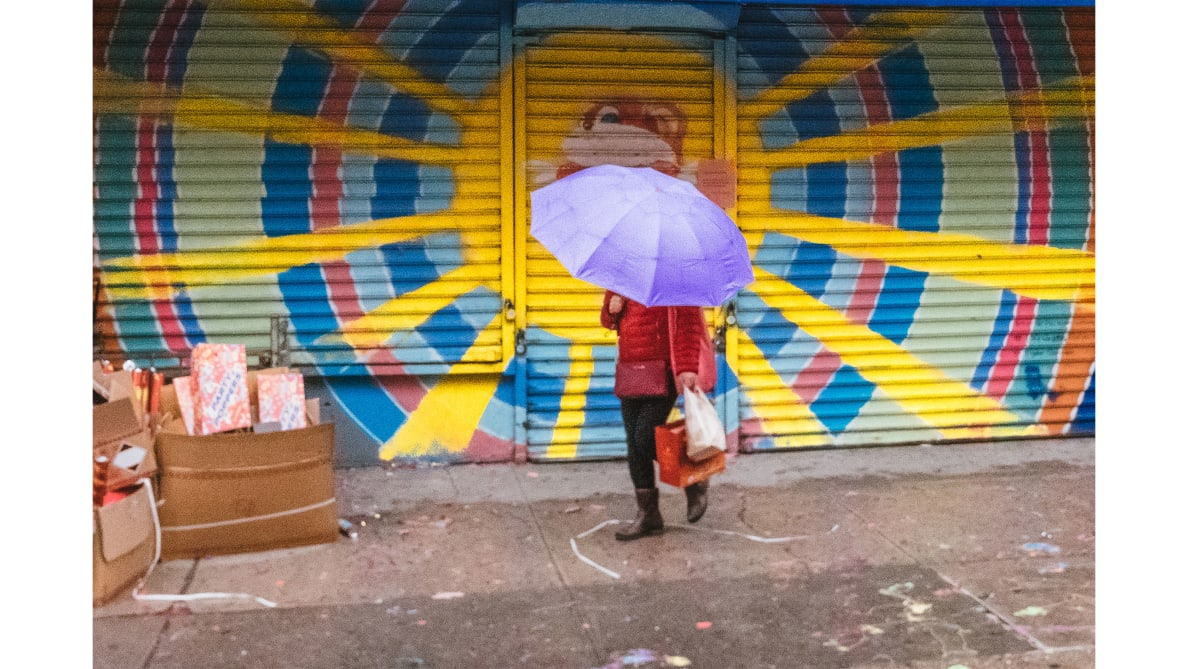
Jonathan Higbee from the book Coincidences published by Anthology Editions
But I've tried to keep all of this in mind in my career strategy along the way. Though my photographic work is varied, I've long understood that uncomplicated aesthetics that immediately direct the viewer to the hook of the photo's narrative have users stop scrolling in their feeds to give your work a precious few moments of attention. The images are ideally bold, speak to a broad audience, and contain little details that are there for the viewer to enjoy should they spend more time taking in the work. I think the success of Coincidences happens to, coincidentally, align nicely with what it takes to stick out on Instagram among the deluge of visual clutter.
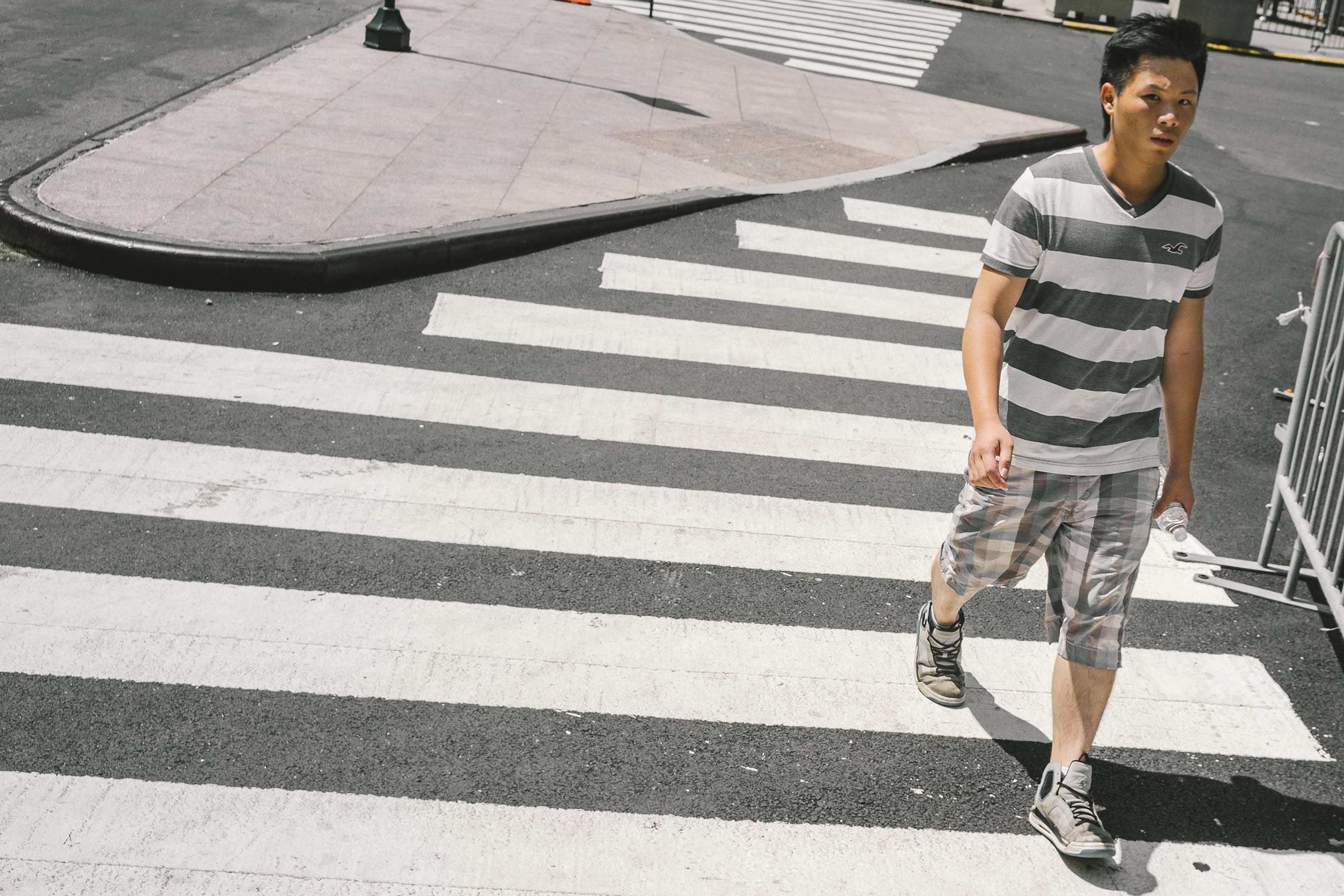
Jonathan Higbee from the book Coincidences published by Anthology Editions
What are some tips you can share with young photographers getting into street photography?
First of all, ignore all the "rules" that you may have heard proclaimed from various corners of the internet or meetups or whatever. If anyone tells you that you're betraying street photography gospel, understand you've found a triggering point and should absolutely explore it further! There's obviously something to be explored there that not many before you have probably investigated, and it's worth your attention. Second, in the same way, always stay true to yourself. I've learned this the hard way. My initial taste of success—that arrived long before the main entrée for sure—led me to change my goals and redirect my focus to mimic whatever I thought garnered me that fortune in the first place. It took me a moment to realize I had started to prioritize pleasing other people, mostly strangers, over making work for myself. It took a perfectly timed chat with another artist with whom I'm very influenced by, Jesse Marlow, to set me straight. He told me what I'm saying now: always make work for yourself first and foremost. Another gem that my idol Matt Stuart bestowed upon me that I want to share is to be deliberate in the work that you share (and that you ultimately make); he pointed out the necessity of differentiating between a gimmick and an authentic and witty moment.
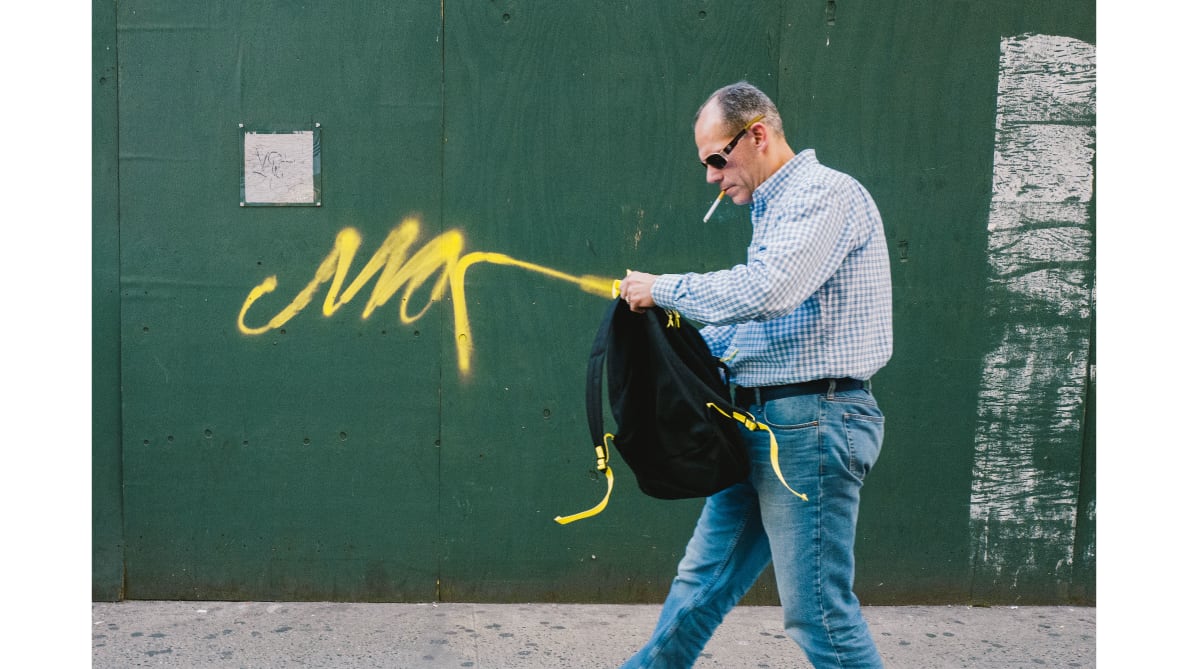
Jonathan Higbee from the book Coincidences published by Anthology Editions
Do you have any future projects in the works following Coincidences?
I'm still as capricious as I was as a young boy. I find myself with a half-dozen different projects that I'm totally devoted to. Right now my entire soul and being is with Coincidences, as this book is the culmination of a lifelong dream as well as the ideal medium I've always had in mind for the series to be explored. It's my other, non-human baby, and I cannot wait to share it with the world and hope the blood, sweat, tears, and love that I and my incredibly talented collaborators at Anthology burst from its pages.
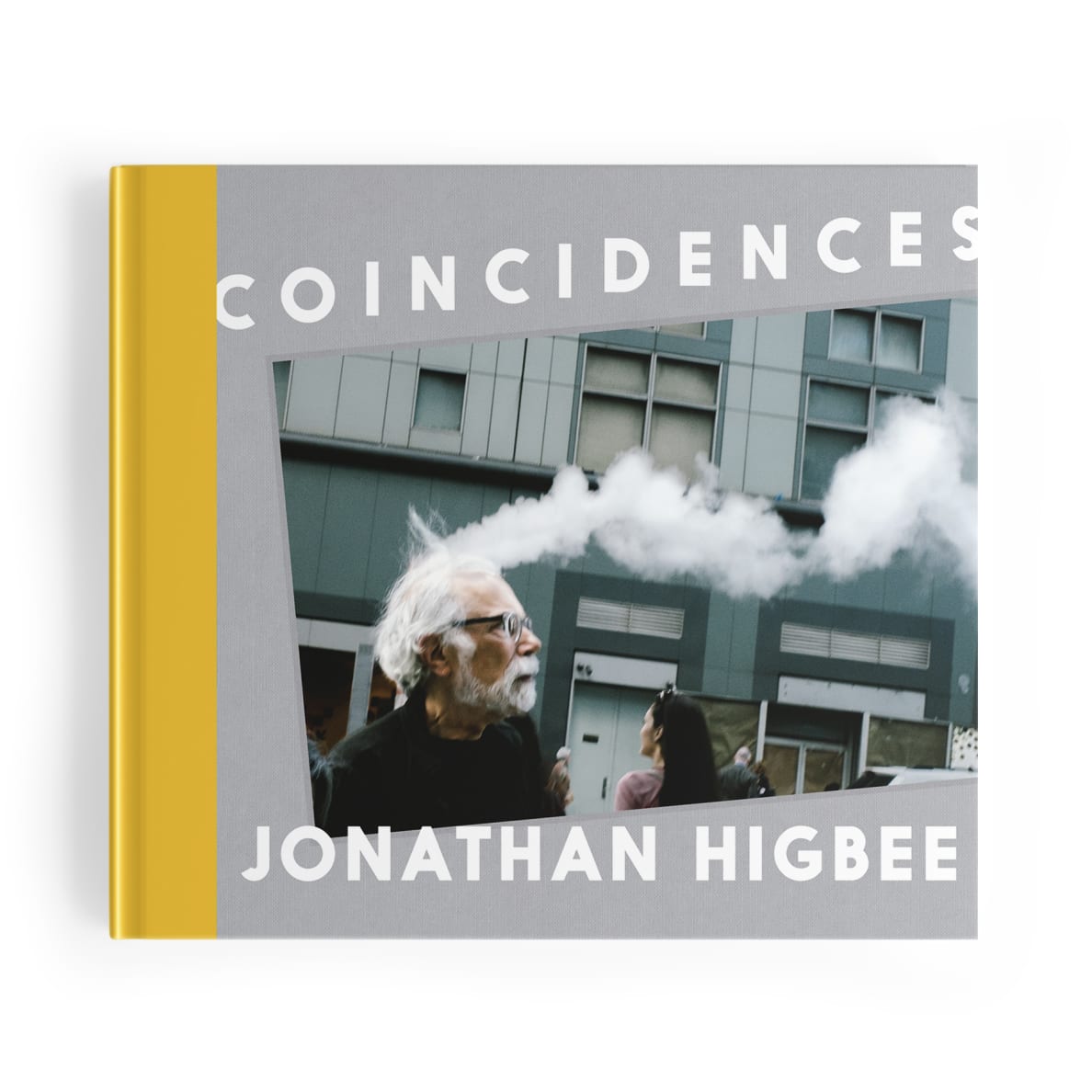
Jonathan Higbee from the book Coincidences published by Anthology Editions
But in the not too distant future I'll find more time for my urban abstract/ still-life project, If You Listen Closely, that gained some momentum before Coincidences exploded. I have also found some success with my experimental work in Forbidden City, which involves using Google Maps or Earth to make "street photography" in countries that make it illegal to be gay, where I risk a lot—including death—should I actually stroll their beautiful streets and take in their stories. Those projects are where I'll likely spend my energy after we've given this incredible book everything we've got to get it out into the world. But… there are still many coincidences to be found in the wider world outside of my home that is New York. Who knows, a follow-up book showcasing those extraordinary moments found amongst the ordinary in other locations (Los Angeles is one of my favorites to photograph!) could be in the cards. But for now, all my passion is with this book and sharing the joy it's brought me and my team and hopefully will bring the world.
Book release and signing for Coincidences by Jonathan Higbee will take place at Aperture Gallery & Bookstore: 547 West 27th Street, 4th floor, New York, NY 10001 on Tuesday, November 5, 6:30 p.m.
All images are copyright Jonathan Higbee from the book Coincidences published by Anthology Editions.
For more information: click here
Publisher information: click here
